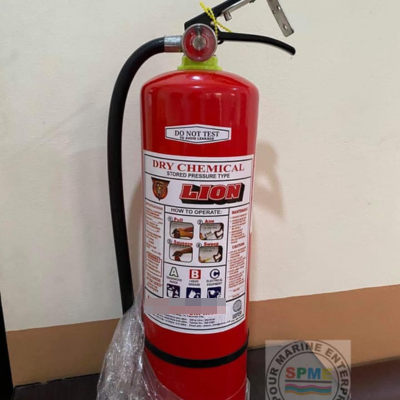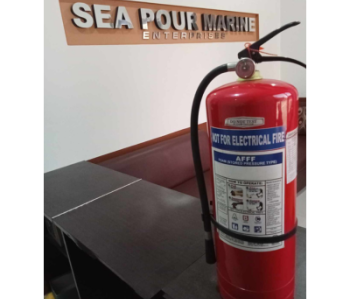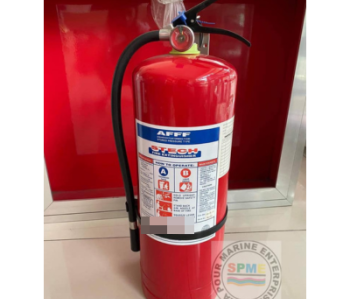
Fire Extinguishers: Your Essential Guide to Fire Safety
Introduction
Fire safety is extremely important in homes and workplaces, and the fire extinguisher is a crucial tool for preventing and handling fires. This small device can make a big difference, turning a small accident into a major disaster. In this blog post, we will explore different types of fire extinguishers, how to use them correctly, how to maintain them, and important tips for choosing the right one for your needs.
Types of Fire Extinguishers
Fire extinguishers come in various types, just like fires themselves. It is essential to comprehend the distinctions between these extinguishers to respond effectively to different types of fires. Here are the main categories:
1. Water (Class A) Extinguishers:
Use: Effective against fires involving paper, wood, textiles, and other solid combustibles.
Not for: Flammable liquids or electrical fires.
2. Foam (Class A and B) Extinguishers:
Use: Suitable for fires involving flammable liquids like petrol or paint, and solid combustibles.
Not for: Electrical fires.
3. Dry Powder (Class A, B, and C) Extinguishers:
Use: Versatile and effective against most types of fires including flammable gases.
Not for: Enclosed spaces, as they can cause respiratory issues.
4. CO2 (Class B and Electrical) Extinguishers:
Use: Ideal for electrical fires and flammable liquids.
Not for: Solid combustibles like wood or paper.
5. Wet Chemical (Class F) Extinguishers:
Use: Specifically designed for kitchen fires involving cooking oils and fats.
Not for: Electrical fires or flammable liquids.
How to Use a Fire Extinguisher
Proper use of a fire extinguisher can prevent loss of life and damage to property. Follow the PASS technique:
1. Pull the pin: Unlock the operating lever to discharge the extinguisher effectively.
2. Aim low: Aim the nozzle or hose of the fire extinguisher towards the bottom of the fire to effectively put it out.
3. Squeeze the lever: The extinguishing agent is released by this action.
4. Sweep from side to side: Use a back-and-forth motion to extinguish the fire completely by moving the fire extinguisher.
Maintenance and Inspection
Regular maintenance of fire extinguishers is essential to ensure they work when needed. Here are some key points:
Monthly Checks: Ensure the extinguisher is in its designated place, not obstructed, and the pressure gauge is in the green zone.
Annual Inspection: Have a professional inspect the extinguisher for any signs of damage or corrosion.
Hydrostatic Testing: Depending on the type, fire extinguishers should be pressure tested every 5 to 12 years to check for integrity.
Choosing the Right Fire Extinguisher
The correct choice of fire extinguisher is determined by the types of fire risks that exist in the vicinity. Here are some tips:
Home: Opting for a versatile (ABC) fire extinguisher is typically a wise decision for household applications.
Kitchen: It is crucial to have a wet chemical extinguisher on hand for fires that occur during cooking.
Garage/Workshop: Think about using a dry powder fire extinguisher for its flexibility and wide range of applications.
Office: If you have electrical equipment in an area, CO2 fire extinguishers are the recommended choice for fire protection.
Conclusion
The importance of fire extinguishers cannot be overstated in fire safety, as they serve as the initial defense against small fires. Understanding the various types, proper usage, and regular maintenance can significantly improve safety in both residential and commercial settings. Remember, prioritize safety above all else in case of a fire emergency by evacuating immediately and contacting the fire department if the fire is too large or uncontrollable.
______________________________________________________________________________________________________________________________
I trust that you will discover this blog post to be beneficial! Should you require any modifications or further details, please don't hesitate to inquire.


